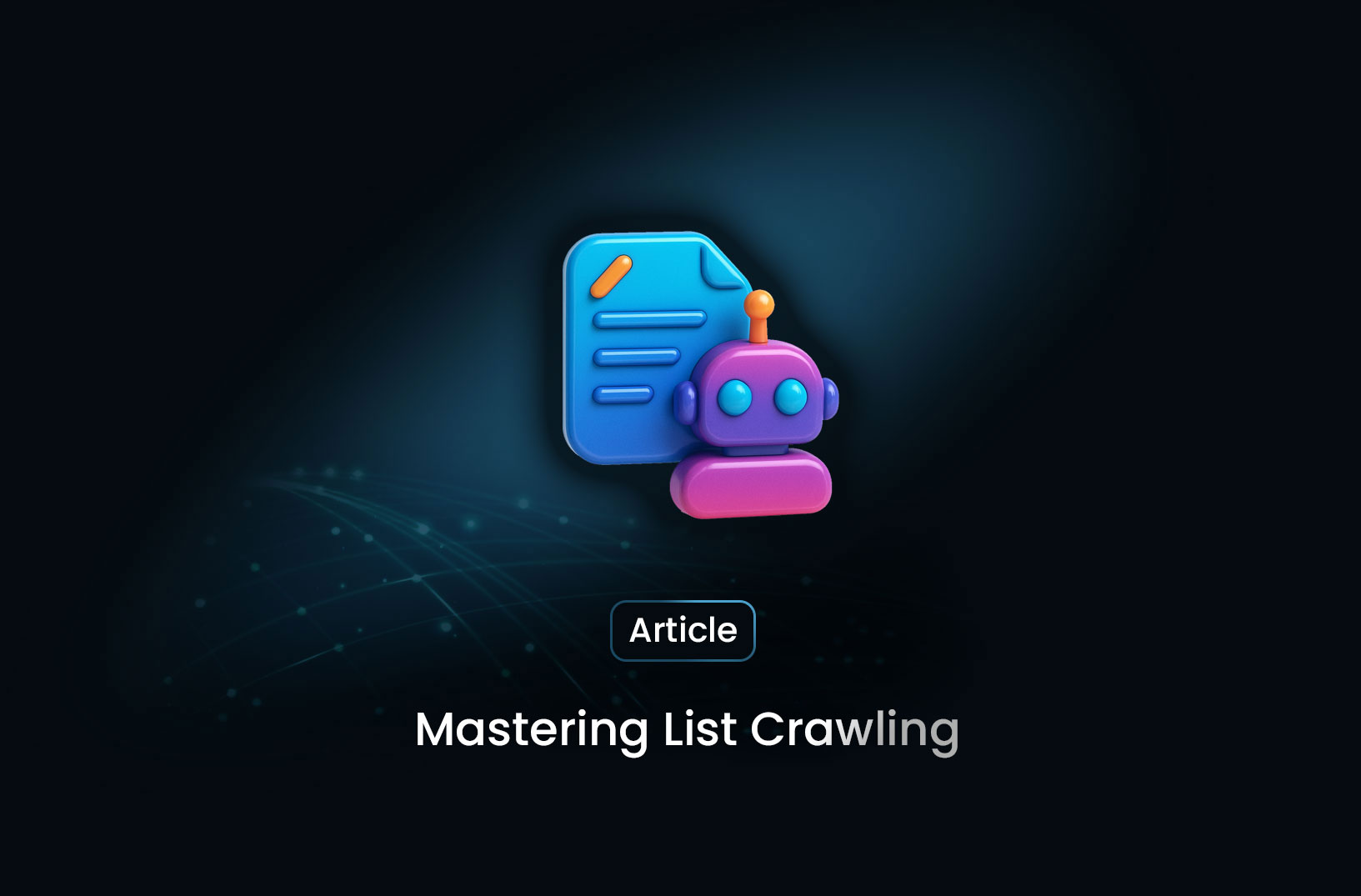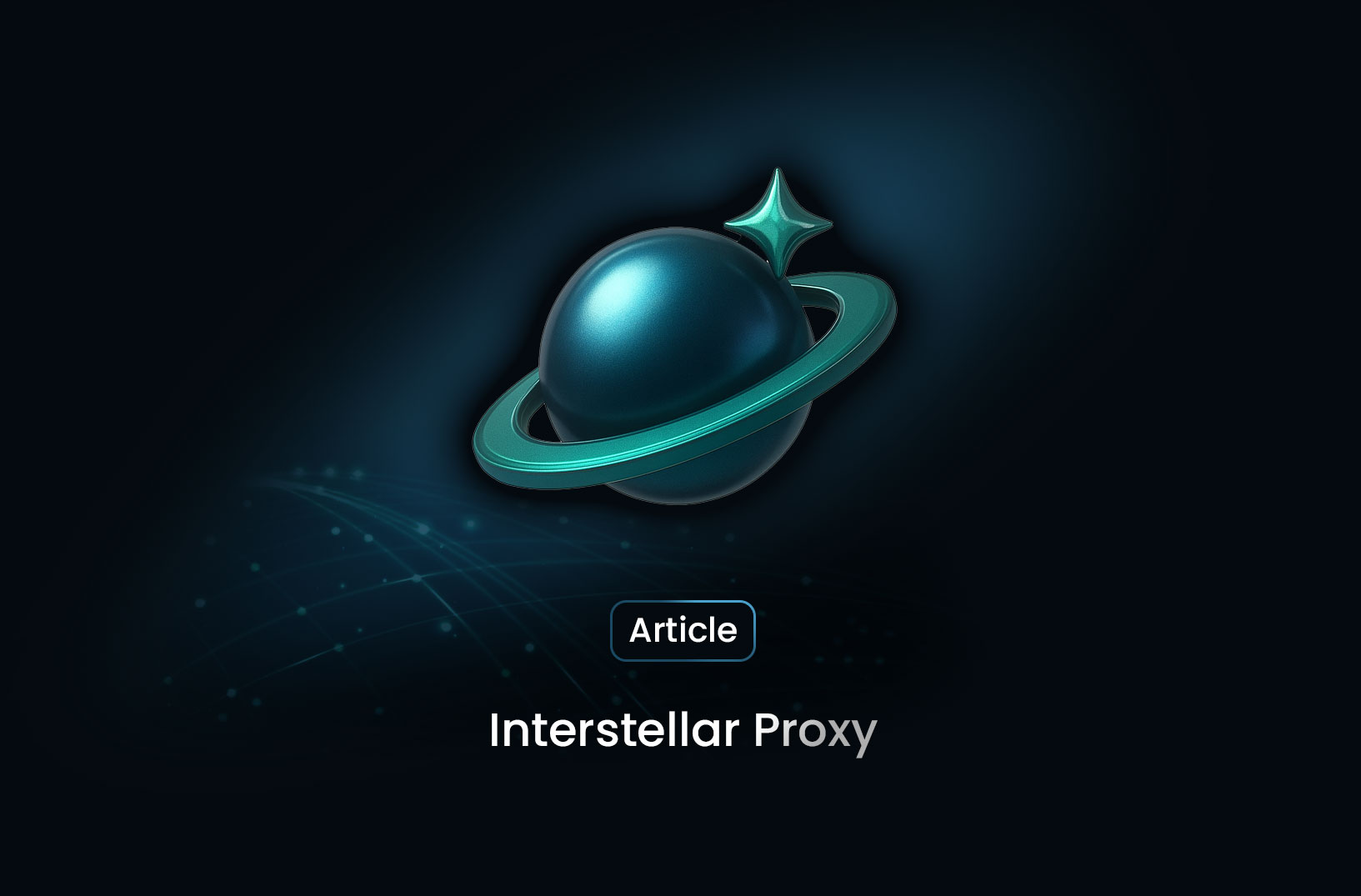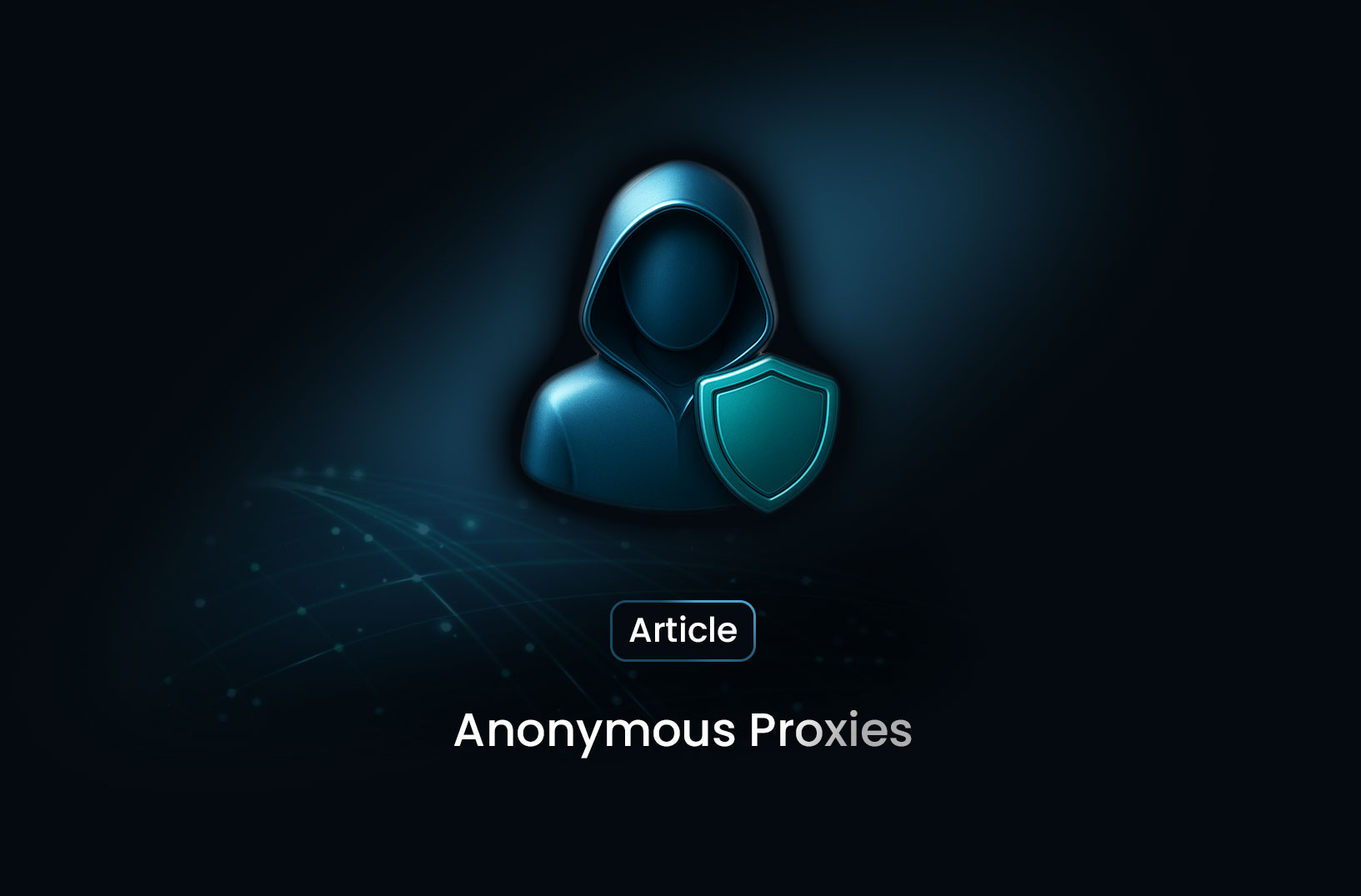Mastering List Crawling: The Foundation of Efficient Web Scraping

List crawling is a powerful technique in web scraping, allowing you to harvest structured data at scale by targeting list-like elements on web pages—think product grids, search results, job boards, directories, etc.
What Is List Crawling?
List crawling is a specialized form of web scraping that focuses on extracting multiple similar items from pages structured as lists. Instead of scraping individual pages one by one, you grab groups of data elements—titles, prices, links—from a single list page in one go.
For instance:
- 🛒 E-commerce: scrape all product names and prices from a category page.
- 📄 Job boards: extract job titles, companies, locations from listings.
- 📰 Blogs or directories: collect article headers and URLs from archives.
List Crawling vs. Crawling & Scraping
It helps to distinguish between key terms:
- Web crawling is about discovering and queuing URLs to visit, often following links recursively.
- Web scraping extracts structured data from known URLs—like individual product pages.
- List crawling bridges these: find items on list pages, capture their fields, then optionally crawl deeper. It’s essentially a focused scraping of list-based structures.
Why List Crawling Matters
- Efficiency: One request returns multiple records, drastically reducing overhead.
- Scalability: Combine list crawling with pagination to scrape thousands of items automatically.
- Resource saving: Far fewer HTTP requests means lower block risks and faster performance.
Bonus: it can be combined with advanced techniques like infinite scroll handling and rotating proxy usage to handle anti-bot defenses.
Core Techniques & Tools
1. Targeting List Elements
Use CSS selectors or XPath to capture repeating elements:
items = soup.select("div.product-item")
for item in items:
title = item.select_one("h3 > a").text
price = item.select_one(".price").text
2. Handling Pagination & Infinite Scroll
- Loop through “Next” page links until exhaustion.
- Simulate user scroll in headless browsers (e.g., Selenium, Playwright) for dynamic pages.
3. Using Robust Frameworks
- BeautifulSoup + requests: ideal for static list pages.
- Playwright/Selenium: ideal for JavaScript-rendered content.
- Scrapy: excellent for large-scale crawls with built-in support for spiders and pipelines.
Step-by-Step Example with Python & BeautifulSoup
- Send HTTP GET to the listing URL with a user-agent header.
- Parse HTML using BeautifulSoup.
- Select all product elements.
- Extract key fields (title, price, link).
- Append to results.
- Loop through pages until no “Next” link.
Best Practices & Considerations
- Respect
robots.txtand throttle requests using delays or concurrency limits. - Use proxies and rotate your User-Agent to minimize blocking.
- Monitor error handling (e.g., CAPTCHAs, server errors) to catch and retry failures gracefully.
- Legal compliance: Always check site terms—USA CFAA rulings and EU privacy laws may apply.
Advanced Tips
- Focused crawling: Begin from high-value seed pages to limit scope and improve efficiency.
- Distributed crawling: Use frameworks like Scrapy with distributed setups for large datasets.
- Machine-assisted scraping: AI methods can parse complex layouts dynamically, reducing manual rule-making.
Real-World Use Cases
- Price Monitoring: Track competitors’ prices across catalog pages.
- Lead Generation: Harvest contact data from business directories.
- Research & Analytics: Aggregate news headlines, product specs, public data.
- Content Aggregation: Power niche search engines or curated portals.
Summary
List crawling is essential for efficient, scalable data collection. By combining:
- Structured CSS/XPath targeting
- Pagination/infinite scroll handling
- Browser automation when needed
- Scalable frameworks like Scrapy
— you can harvest thousands of records with minimal effort. Implement best practices—ethical crawling, proxies, error handling, legal compliance—and you’ll have a powerful data workflow.
Table of Contents
Take a Taste of Easy Scraping!
Get started now!
Step up your web scraping
Find more insights here

A Complete Guide to Interstellar Proxy and Its Key Benefits
Explore what Interstellar Proxy is, how it functions, its key features, benefits and risks, and how to use it safely for accessing restricted content and enhancing browsing anonymity.

AdsPower Proxies Explained: Setup, Benefits, and Best Practices
Explore how AdsPower integrates with proxies, what proxy management features it offers, how to set it up, and what to consider when using it for multi-account or anti-detect browser workflows.

A Complete Guide to Anonymous Proxies and Their Benefits
Learn what an anonymous proxy is, how it differs from other proxy types, its uses for privacy and bypassing restrictions, and the potential risks you should know about.


@MrScraper_
@MrScraper